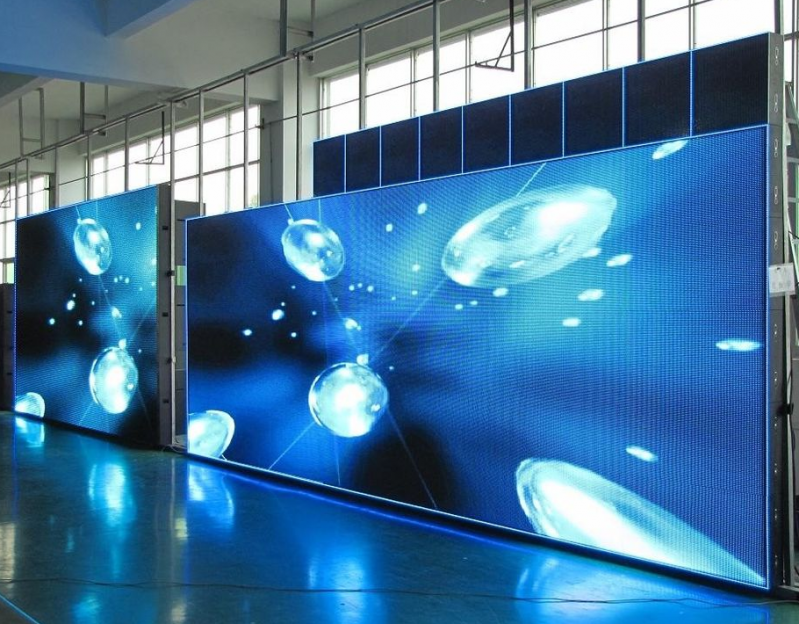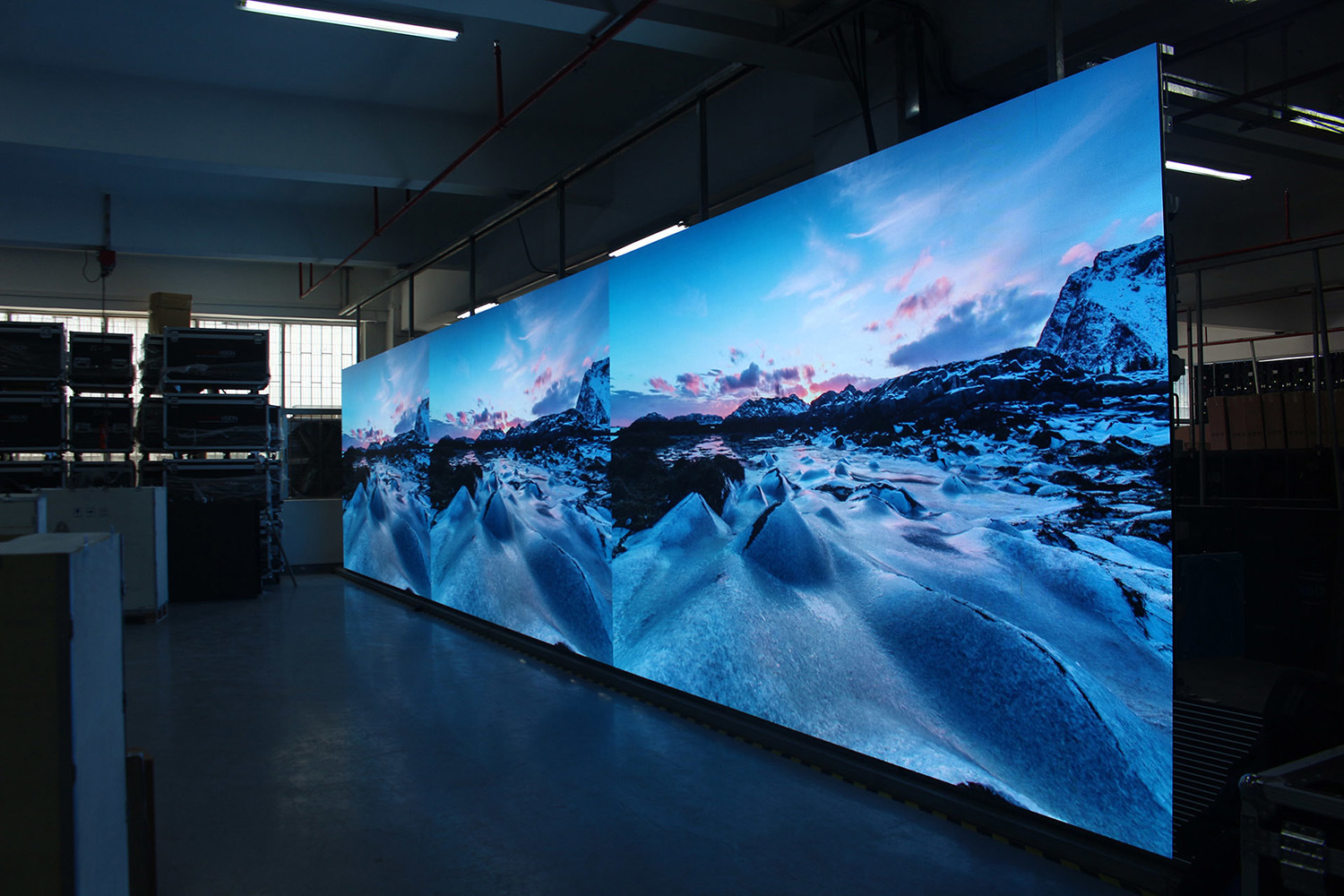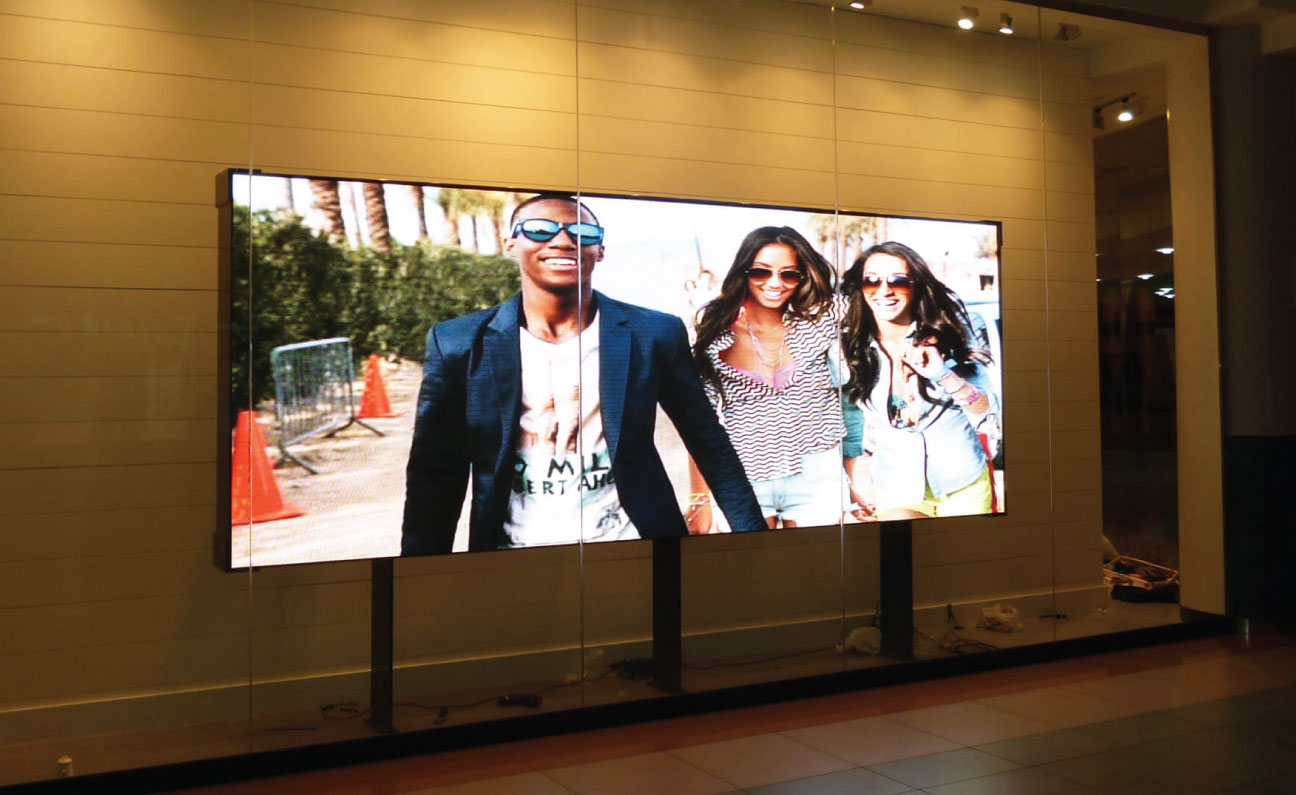Energy Efficiency and Maintenance Tips for LED Displays
LED displays have become a cornerstone of modern advertising, entertainment, and public communication. They offer bright, dynamic visuals with far lower energy consumption than traditional lighting technologies. However, to maximize their performance and lifespan, it’s essential to combine energy-efficient practices with proper maintenance.
1. Optimize Brightness Levels
Running your LED display at maximum brightness all the time wastes energy and shortens the lifespan of the diodes.
- Use automatic brightness control: Modern LED systems can adjust brightness based on ambient light conditions.
- Set manual limits: In shaded or indoor areas, reduce brightness by 20–40% without affecting visibility.
- Avoid overdriving LEDs: Operating at 100% brightness constantly can lead to premature degradation.
2. Schedule Smart Operating Hours
Not all hours require full display operation.
- Program on/off schedules to shut down the display during low-traffic hours, like late at night.
- Use motion or light sensors to trigger the display only when needed.
- This simple adjustment can reduce electricity consumption by up to 30–50% annually.
3. Ensure Proper Ventilation and Temperature Control
LED modules generate heat that, if not managed, can affect performance and energy use.
- Keep air vents and fans clean to promote airflow.
- Install displays with adequate spacing for heat dissipation.
- In outdoor installations, consider sunshades or reflective coatings to minimize thermal stress.
4. Perform Regular Cleaning and Inspection
Dust, moisture, and debris can accumulate on LED panels, blocking light and increasing power needs.
- Clean surfaces monthly using a soft, dry or slightly damp microfiber cloth.
- Inspect power supplies and connectors for corrosion or wear.
- Check for dead pixels or color inconsistencies, as these may indicate underlying electrical issues.
5. Update Software and Firmware Regularly
Many energy-saving features depend on software optimization.
- Keep your display management software updated to access new power-saving functions.
- Use diagnostic tools to track performance and detect inefficiencies early.
6. Choose Quality Components
Investing in high-quality LED modules, drivers, and power supplies ensures better energy efficiency from the start.
- Look for components with high luminous efficacy (lumens per watt).
- Choose power supplies with high conversion efficiency (above 90%).
- Select certified brands that comply with international energy standards.
7. Implement Preventive Maintenance
Instead of waiting for failures, schedule routine inspections every 3–6 months.
- Check structural mounts, cabling, and grounding.
- Test backup power systems.
- Replace aging modules in clusters rather than one by one to maintain uniform performance.
Conclusion
Maximizing energy efficiency and maintaining LED displays properly not only reduces operational costs but also extends the equipment’s life and ensures vibrant performance for years. By applying smart brightness control, scheduled operation, and preventive maintenance, businesses can enjoy sustainable, reliable, and cost-effective digital signage solutions.




0 comentário